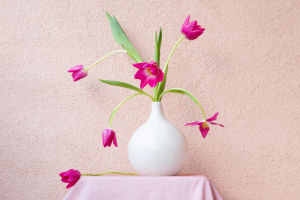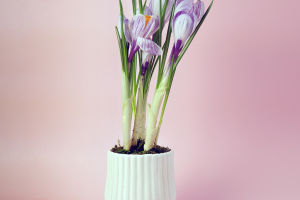Snowdrops (Galanthus) are delicate white flowers that bloom in late winter or early spring, symbolizing hope, renewal, and purity.
Known for their nodding, bell-shaped blossoms and slender green leaves, snowdrops are one of the first signs that winter is fading and warmer days are on the horizon.
These charming plants have been cherished in gardens and folklore for centuries, often associated with themes of rebirth and perseverance.
Appearance and Characteristics
Snowdrops are easily recognized by their small, white, drooping flowers, each consisting of six tepals (three outer and three inner). The inner tepals often have a hint of green at their tips, adding a subtle touch of color to the otherwise pristine white blooms. The flowers typically grow to a height of 3 to 6 inches (7 to 15 cm), making them perfect for ground cover in woodland areas or garden borders.
These hardy perennials thrive in well-drained soil, preferring partial shade to full sun. They are often found growing in clusters, creating a beautiful carpet of white in late winter landscapes. Snowdrops are also known for their subtle, honey-like fragrance, adding to their appeal in the garden.
Cultural Significance
Throughout history, snowdrops have been associated with various cultural meanings. In many European traditions, they are seen as symbols of purity and innocence. Their early bloom time, often pushing through the snow, has also made them a symbol of hope and renewal, marking the end of winter's cold grip and the beginning of spring's new life.
In Victorian times, snowdrops were considered unlucky to bring indoors, as they were believed to be an omen of death. However, modern symbolism has shifted, and they are now often associated with optimism and endurance.
Growing Snowdrops
Snowdrops are relatively easy to grow and require minimal maintenance once established. They are best planted in the fall, about 3 inches deep, in a location with well-draining soil. They prefer cooler climates and can tolerate frost, making them ideal for gardens in temperate regions.
Once planted, snowdrops will naturalize and spread over time, creating a more extensive display with each passing year. They are low-maintenance plants, only needing occasional division to prevent overcrowding.
Conclusion
Lykkers, whether in a garden or growing wild in the forest, snowdrops offer a beautiful and meaningful addition to the landscape. Their resilience and early bloom remind us that even in the coldest, darkest moments, hope and renewal are always on the horizon.


